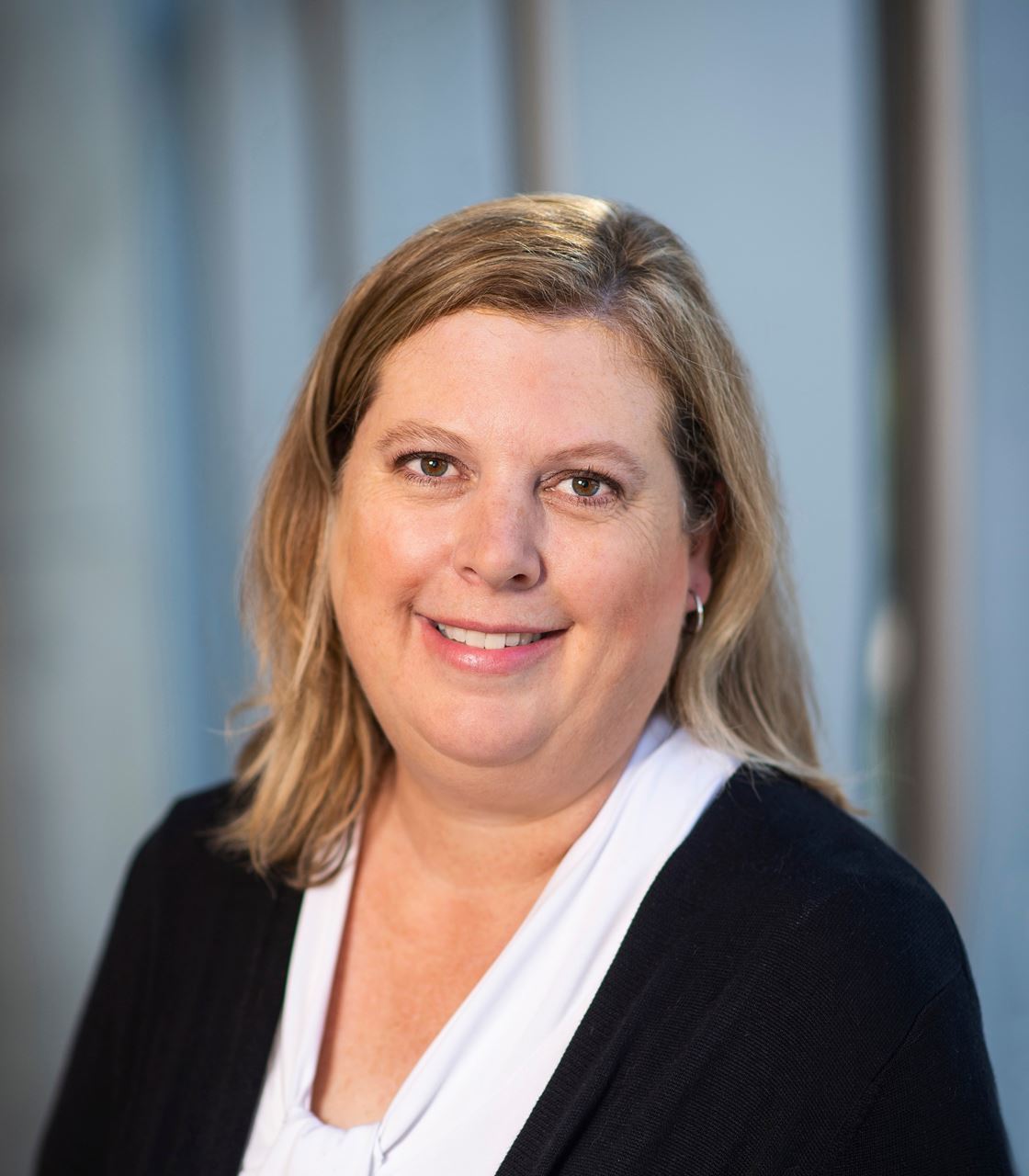
“We have a big problem in this industry, in this country and in the world,” said Carrie Charles, chief executive officer of telecom staffing firm Broadstaff, opening a panel focused on the wireless workforce at Connect (X) in Denver. “This is one of the most complicated times in the history of our world when it comes to the labor market. We have a labor shortage. People are leaving their jobs by the droves. They're going to different places. They're changing their minds. They're looking at what's meaningful for them.”
Charles noted that the COVID-19 pandemic has transformed the culture of work, creating new workplace environments and rules, spawning the Great Resignation, and amplifying the importance of diversity and inclusion. The panel, “Harnessing the Power of Your Workforce,” delved into the workforce challenges the industry is facing. Panelists included Blair Crawford, vice president of national accounts and marketing for Vertical Bridge and former executive director of industry relations at the Women’s Wireless Leadership Forum; Lynn Whitcher, general counsel at MD7 and WWLF’s director of education; Leslie Freeman-Kowalczyk, principal of the telecom engineering department at WT Group and director of membership at WWLF; Amanda Cahill, senior director of business development at Network Connex and president of WWLF; and Beth Martindale, vice president of WWLF and senior project manager for wireless at Mears Broadband.
Cahill noted that diversity and inclusion has been a hot topic for the past couple of years but asked what that really means for the telecom industry. Diving into research and statistics, Cahill said embracing diversity has been shown to increase revenue, attract and retain talent, and motivate existing employees. She cited a recent McKinsey & Company study that found highly inclusive and diverse organizations generate 2.3 times more cash flow per employee and 1.4 times more revenue.
Whitcher cautioned, however, that diversity has to be more than checking a box. She said the benefits of a wide variety of voices, experiences and backgrounds among a company’s employee base can yield new ideas and innovation. But achieving diversity can be difficult, noted Martindale. We naturally gravitate toward others who we have things in common with and that we can relate to, and finding qualified candidates who are different from us can be challenging, she said.
Whitcher, who shared that most of her department at MD7 consists of Asian females, said being open to candidates who don’t look like you is key. For her, that meant investing in a junior lawyer who grew up with a single mom and didn’t have a lot of businesspeople in his network.
“He looks very different than me,” said Whitcher, “but he happens to be a white male. It’s too easy in these diversity discussions to say, ‘Okay, let's measure against white male.’ Well, there isn't such a thing as a monolithic white male experience. That's not enough. We know the conversation has to be deeper than that.”
Crawford also emphasized that diversity is much more than checking a box. Instead, companies need to live and breathe diversity every single day, she said. Vertical Bridge, for example, brought in a Diversity, Equity and Inclusion (DEI) consultant to evaluate its team, the company and its operations, and then to educate the team on what DEI means. The company conducted a survey to get an accurate view of how its employees felt about diversity and inclusion.
“If we’re not asking questions, we're just making assumptions that our employees feel like they're being included,” she said.
Vertical Bridge then created a DEI task force to target improvements and enhancements to its DEI efforts. Those ideas include engaging in philanthropic activities that support underserved communities. Vertical Bridge’s Charitable Network has donated more than $7.6 million and employees have given more than 4,000 hours volunteering in their communities. These types of activities also provide connections to a larger pool of potential employees who might be recruited through internships and referral programs, said Crawford.
On the topic of finding new sources for diverse employee candidates, Martindale said it’s important to think outside the box. She noted former WWLF President Carolyn Hardwick was a teacher early in her career, but a summer gig with Sprint led Hardwick to pursue a career in telecom where she now is a C-level executive.
“You've got to look in unique places,” said Martindale. “I went to a lineman’s college and spoke with them about coming to work for our company. They didn't know what we did, and they knew nothing about wireless because they know power. They didn't even know that this was an avenue for them.”
Beyond bringing in diverse talent, there are also challenges with promoting women into leadership roles, said Charles.
Whitcher emphasized that women need to bet on and believe in themselves in business. “Let me tell you ladies, what definitely should not stop you from attaining a leadership role is yourself,” she said. “You are smart enough. You are capable enough. You've earned this.”
Cahill agreed with the importance of being your own advocate in career development. Sometimes that can be as simple as letting your company’s leadership know that you have interest in moving up. Often, employees don’t feel comfortable having those conversations internally with their leadership team, so they end up having them externally and then leaving for the role they wanted, Cahill said. This highlights an opportunity, as well, for employers to ask their employees what their goals and career aspirations are before they look outside the company for those opportunities.
“You can be anything that you want,” said Cahill. “Don't let yourself hold you back. The answer is always ‘no’ until you ask. Yes, it may be uncomfortable, but everything that grows from that is on the other side. And what do you have to lose?”